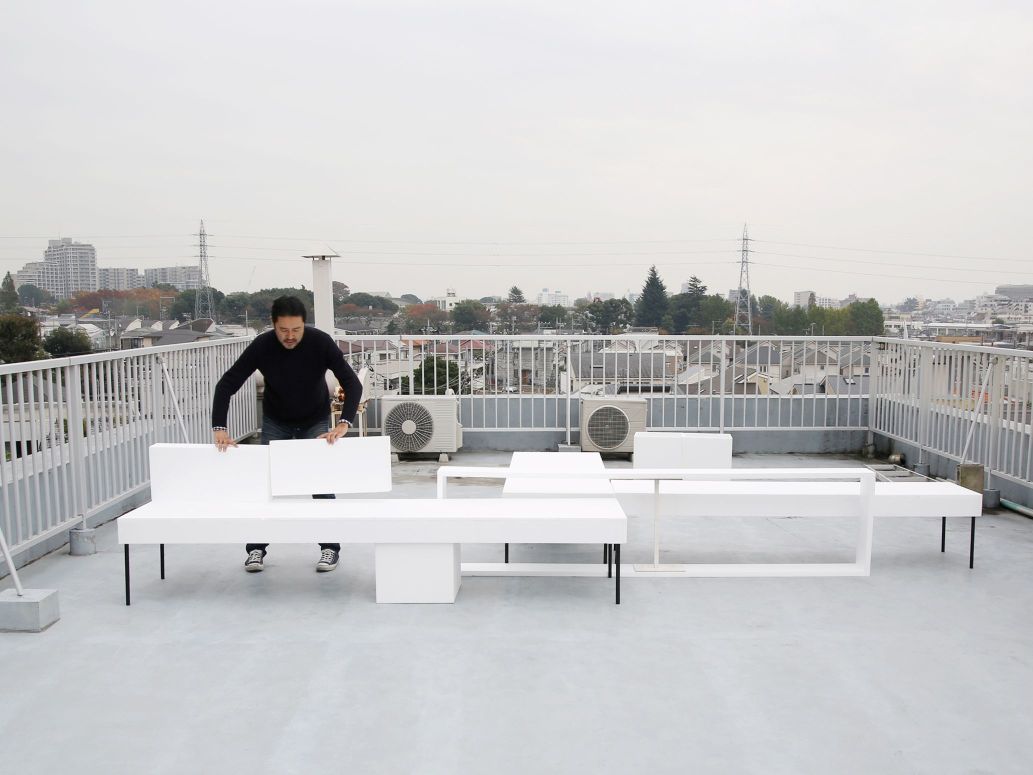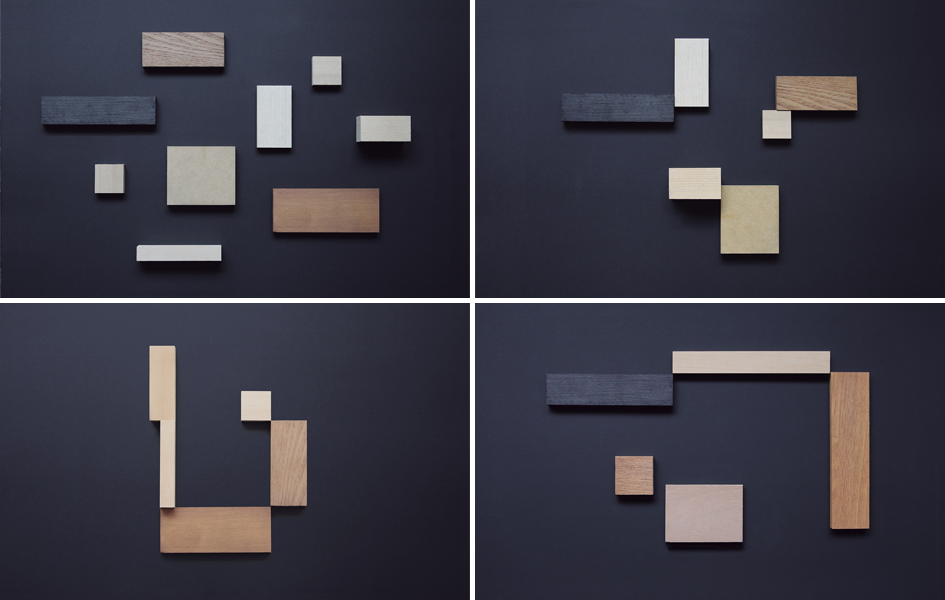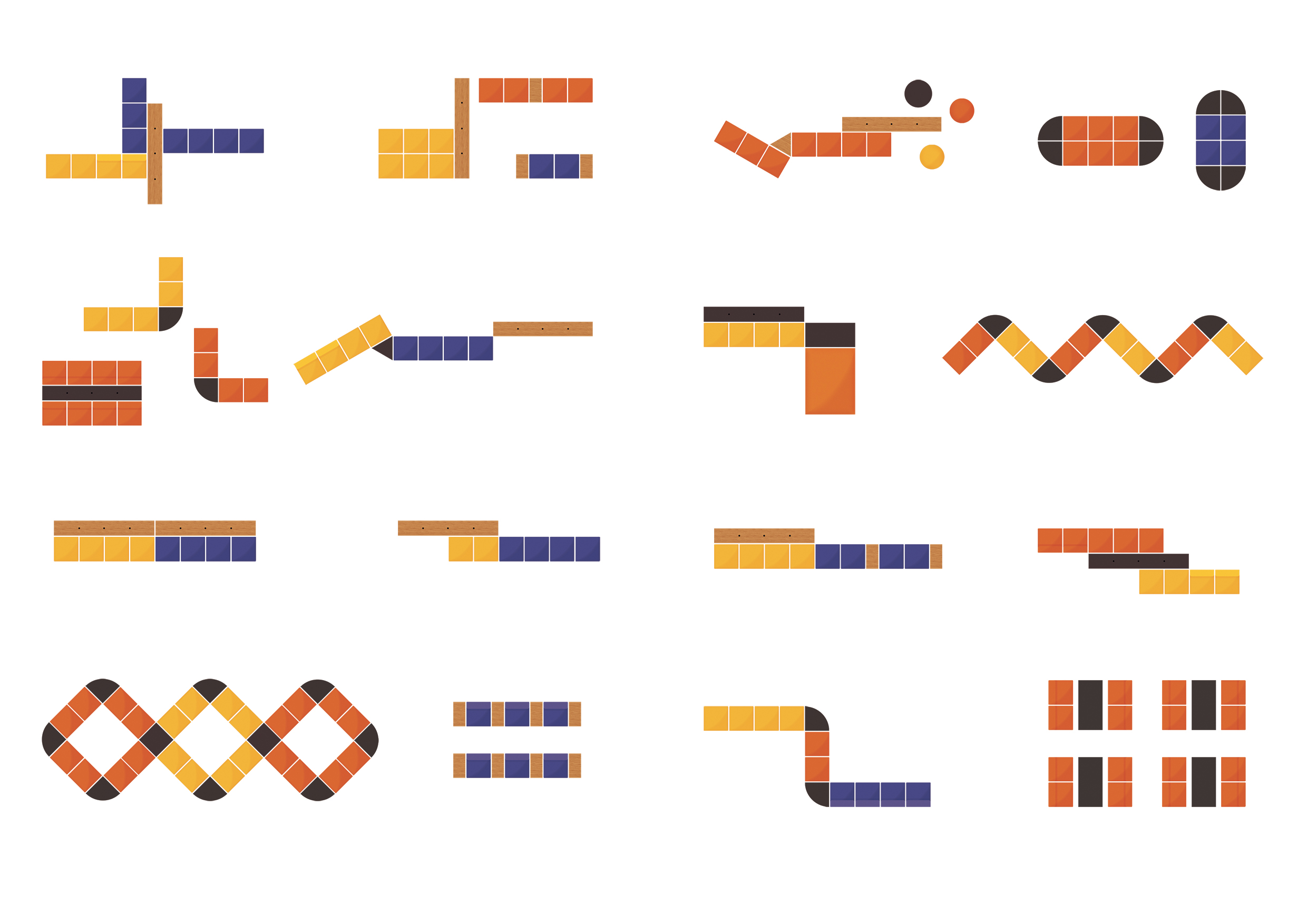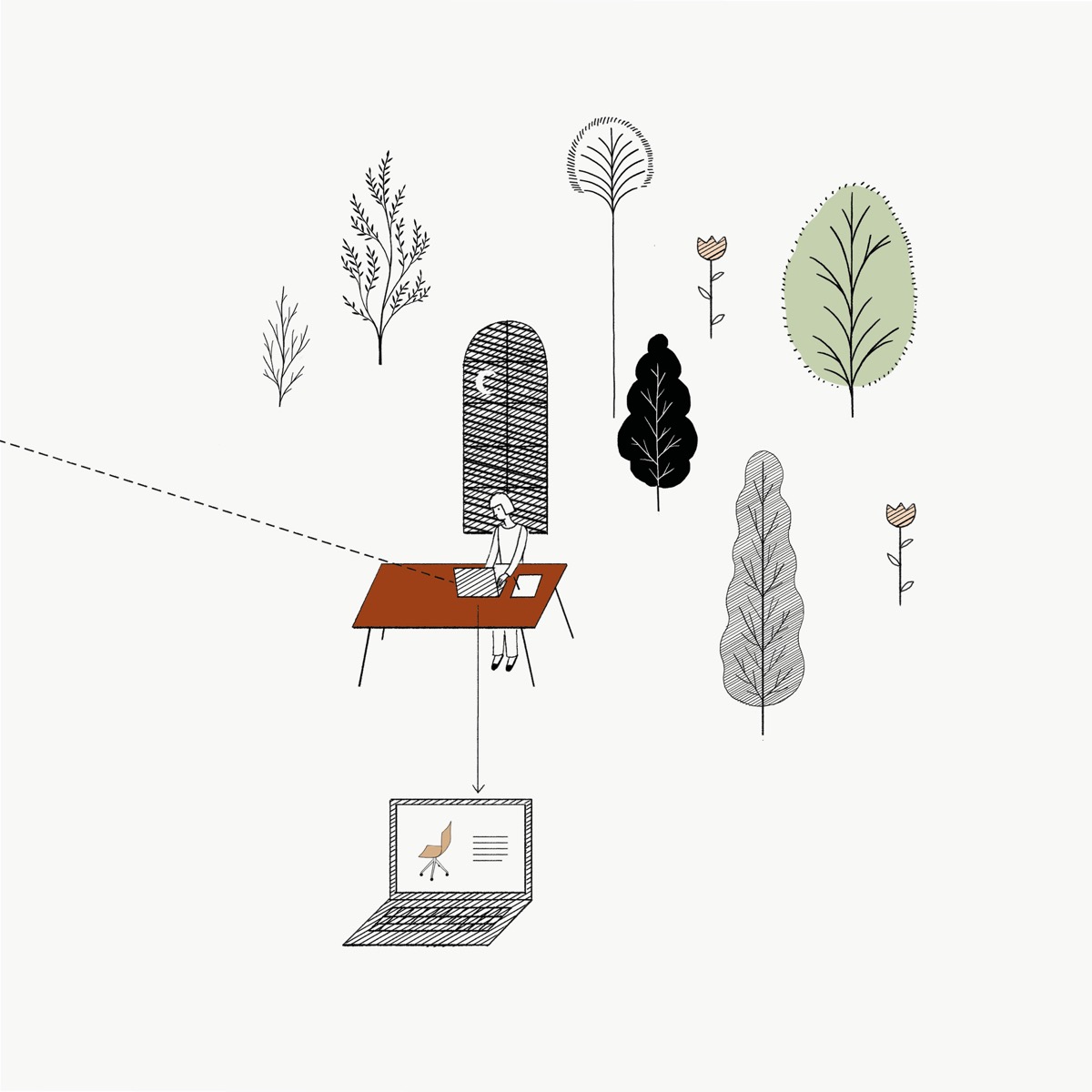
Born in Tokyo but with a background in Italian design, Ichiro Iwasaki’s design practice has ranged from household goods to electronics to furniture, like Arper’s very own Pix collection. Here, Iwasaki discusses the inspiration behind his newest collection, Kiik.
What were your sources of inspiration in designing Kiik?
Designing Kiik really started by observing public spaces like parks, museums, airports — places where people are on the move. Today, public spaces are dynamic and active, and they accommodate a range of needs: stillness and motion, activity and rest, work life and private life, easiness and seriousness. You see people standing and chatting together, talking on the phone, leaning against walls, working on laptops, or resting. Traditional sofas, compared to Kiik, don’t have the capacity for this variety of contemporary lifestyles.
Kiik is designed to meet the needs of modern life. It is a modular system that allows you to sit, stand, lie down, chat, read, write, watch, eat, wait, think, work, rest, or any other activity. Seeing the new demands on public spaces, and observing the ways that people use public space today, became the source of inspiration for Kiik.
What contexts did you have in mind when creating Kiik?
Because Kiik is so adaptable, it is appropriate for many different contexts: for large or small spaces, for home or public spaces, for independent use or group gatherings. I can see Kiik being a space for resting, playing, learning or working.


What is your approach to modularity in the Kiik collection?
Most modular sofas create their configurations by linking the pieces together. When creating Kiik, we wanted to challenge that notion to make the collection even more adaptable. So, we developed the Kiik system so that each module can stand alone, or be linked together to create a configuration. This way of designing means that there are no limits to the kinds of configurations that can be created, making it even more adaptable to different contexts. It is therefore scalability more than modularity that defines Kiik.
How would you describe the geometric aesthetic of the collection?
We wanted to create a system that was easy to use, like playing with wooden blocks. From the desire to have ease of modularity and scalability, the geometric forms of the collection evolved. It was from a point of intuition and planning for the flow of spaces that we arrived at the collection’s geometric forms.
How did you arrive at the concept of the console?
We need more diverse possibilities for furniture to accommodate the way we work today. For example, in my office, there’s a a large and tall tailor made table where we often meet to discuss new projects, to sketch, and to think. Thinking while standing, or thinking while walking have become important in my studio and I see this becoming increasingly reflected by others in the workplace. For me, I feel my mind becomes so clear by this change in context, and it allows for a seamless flow of conversation. We created the high console to meet this need. The mid and low consoles are the hub of the Kiik collection, and can be placed with the Kiik sofa. But, we also see Pix poufs surrounding the consoles, or they could be used as a desk with chairs. And, we included the option for electrical power to meet the demands of the contemporary work environment.


What was your inspiration behind the Kiik ottoman?
My experiences with Asian low seat culture informed the design. In Asia, you see people sitting on the floor or on low seats. Naturally, you are led to take a more relaxed position — like stretching your arms behind you for example. The ottoman and low table combination encourages a relaxed and highly open way of sitting. With this low seating, in combination with standing and other seating, allows the Kiik collection to take advantage of multiple perspectives, postures, and viewpoints. I think of this as a very contemporary style of seating that is in harmony with the needs of today.


What are the common elements found in Pix and Kiik? And how has your relationship with Arper evolved since creating these two collections?
Both Pix and Kiik are seen as ways of gathering. Both are modular proposals. And in both cases, there is a core idea of size and relation — the distance from person to person, from person to object. To consider the relationship between objects and proportions is to consider how we interact with one another. With Arper, over our ten years of working together, our design approach has not changed at all. We ask ourselves: what should we design, and importantly, why? We both work towards a common goal, though we are from different cultural spheres. This, in fact, has allowed us to have highly substantive dialogues because we both seek to understand one another’s perspective. It is such a pleasure to have this honest relationship with Arper, where there is both discovery and appreciation.




